Many believed that the end of the world would happen in some distant future, long after they were gone. However, others were convinced that this was imminent, either through natural or man-made causes, and so spent most of their time preparing for it. “Doomsday Preppers” featured these people, as they shared how they planned to ride out the catastrophic event. As it became the highest-rated series in the history of the National Geographic Channel, avid fans found it odd that it was canceled after four seasons.
About the show
Doomsday preppers were people preparing for the apocalypse that they were sure was going to happen anytime soon, at least in their lifetime. Executive producer Alan Madison said that these people went to great lengths to be fully equipped in dealing with various doomsday scenarios. Hardcore preppers agreed to be featured in the show mostly to educate viewers, but Alan explained to them that he had to make the show fun to watch as well. The pre-production process involved getting to know everything about the preppers, and making sure that they fully understood what would be expected of them. The crew was briefed particularly on safety concerns, because not only were the preppers heavily armed, but their bunkers could be booby-trapped also. Filming took two to three days for each prepper.
The experts
Each episode of the NatGeo series featured two or three preppers. After the segment of each prepper, the ‘experts’ gave a score from 1-100 on the efficacy of the preparation that would ensure survival upon facing Armageddon. To determine how long they would initially survive a catastrophe, they were assessed on how prepared they were in five categories – food, water, shelter, security, and x-factor, with each one given a score of 20 points for a total of 100 survival points. Lastly, the show gave an evaluation of the odds that the doomsday scenarios they were preparing for would actually happen.
It was in season two when the show introduced Practical Preppers’s Scott Hunt, an engineer, and a US Army veteran David Kobler, as the ‘experts’ who gave the evaluation. The company specialized in off-grid and sustainable living. Scott said that they offered solutions that were the same for every scenario and explained, ‘No matter what you are preparing for, you need to do the same things—determine what resources you have…set up your preparations, develop the variety of skills you’ll need.’ David said that the main reason they accepted the offer to become NatGeo’s consultants was that they wanted to put the preppers in a positive light. He reiterated that they had little input or influence, and no creative control over what was being shown in the reality series.
More than just a hobby
The Federal Emergency Management Agency (FEMA) recommended storing three days’ worth of food in one’s home in case of a disaster. The preppers, however, took things to the extreme as they stockpiled food and other necessities that would last for months, even years. It went without saying that they were readying themselves to defend their lives and their home as well as protect their supplies against armed people who would come knocking, as they were left unprepared for a catastrophic event. According to a survey done when season one was aired, 41% of Americans believed that it was a smarter investment to prepare for a catastrophe than to save for retirement.
Doomsday scenarios
Many would be surprised at the theories these preppers had come up with regarding how the world as they knew it would end. They truly believed it, so there was nothing anyone could say to make them think otherwise. They were not bothered by people who ridiculed or mocked them, because all that mattered was surviving the apocalypse. Here are some of the doomsday scenarios that average Americans were preparing for, as documented in the show:
Polar Shift
In season one’s “Bullets, Lots of Bullets” episode, Paul Range and his wife Gloria Haswell from Texas, spent 50 hours a week preparing for the impending doom caused by a complete magnetic polar shift, which was a reversal of the Earth’s magnetic poles. The Earth’s north and south magnetic poles were said to be constantly moving location by up to 25 miles a year, and by their calculation, the planet was due for a total shift, causing a massive earthquake. Paul believed that the continents’ land masses would shift north and south along the earth’s mantle.
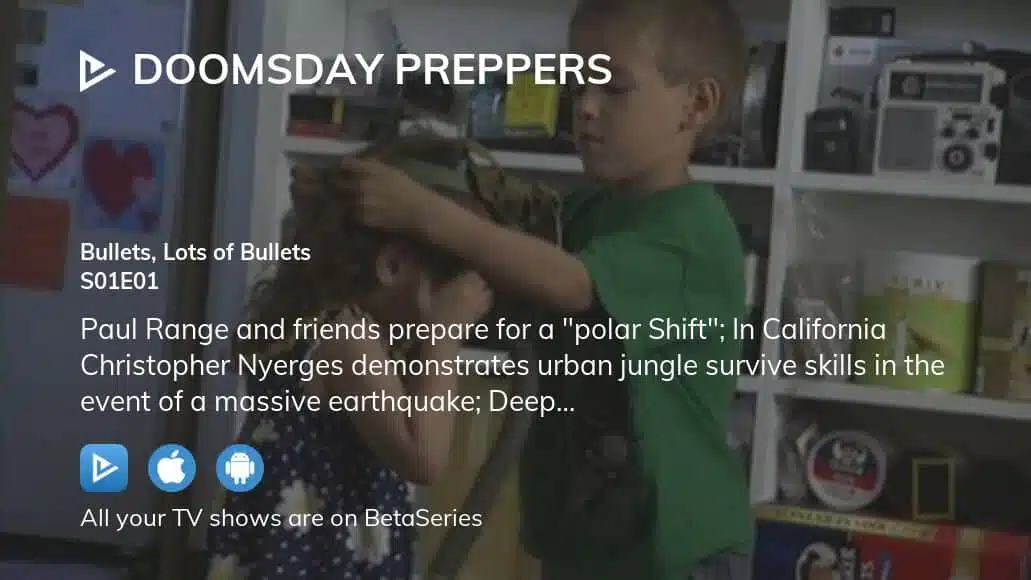
In preparation, he built a compound made of nine 40-foot, 12-meter steel shipping containers with a layout of a square fort that had a courtyard at its center. His family and like-minded friends would be protected inside, and from the roof, they could see predators coming at them for miles from any direction. They had food stored that would last for years.
According to scientists, it was unlikely that what they feared the most would happen, as there was no evidence that a polar shift of that magnitude was due soon, and it wouldn’t impact the Earth’s rotation, tilt, or seismic activity.
Collapse of the U.S. Economy
Former wildlife trapper and exotic animal broker, Jeff Mann, lived for over two decades on his 25-acre ranch with a menagerie of around 800 animals, including Chinese Muntjac deer, fallow deer, and emu. He built the compound, which he considered his personal haven, behind fortified walls, barbed wire fences, and reinforced steel gates in fear of an economic collapse. He was joined by former marine Bill Hennessey and professional survivalist John Milandred in leading what they called The Colony, which had 25 members, also preppers, along with their wives and children. Each family would live in a 40-foot-long steel container customized to meet their needs. Creating a colony was their best bet, as they believed that there was strength in numbers, and in having a mechanic, engineer, doctor and other skills people paramount to their survival.
They were convinced that the economy would collapse due to excessive spending. Bill said that the U..was around $16 trillion in debt at that time, and politicians did nothing to remedy the situation in a permanent way. John said that when Wall Street or the financial markets collapsed, it would create panic and there would be chaos in the street. Jeff wanted to be prepared to face that reality, so they planned for their community to become completely ‘self-reliant and self-contained.’ John served as an instructor in terms of survivalism and pioneer living. Bill was in charge of security. The three leaders had been training Jeff’s 21-year-old son, Colten, to prepare him as the future leader of the post-apocalyptic community, although they planned to have a council that would govern. They’ve instituted one important rule – not to betray the colony.
https://www.facebook.com/doomsdaypreppers/photos/a.359693547444518/484651198282085
The experts gave them a score of 89 points out of 100, and assessed that they would have 19 months of initial survival time, but also said that the odds of an total economic collapse and the breakdown of society were highly unlikely.
Biological Warfare
Season four finale episode, “There Will Be Chaos,” featured Jerry McMullin, a retired risk assessment analyst who bought what he considered a perfect prepper property for his family in Yellow Jacket, Colorado. It’s a former AT&T relay station, built to withstand pressure waves from a nuclear blast, and has spent $7 million dollars to make the necessary improvements, so that it would protect them from a biological terrorist attack, which he feared was imminent.
It was outfitted with various means of producing power, including solar panels, wind turbines, and generators. The home itself was structurally sound and difficult for people to get into, even by force. It was equipped with a biological warfare monitor, chemical test kits, and an ultraviolet radiation chamber that also functioned as an emergency disinfection chamber. Jerry was making plans to build a 15,000-square-foot prepper village too, that could house over 100 survivors.
Among the preppers, he received the highest rating from the experts who gave his family 23 months of initial survival time. However, while a biological attack could happen, it would be difficult to achieve on a nationwide scale.
Cancellation of “Doomsday Preppers”
NatGeo’s reality series enjoyed a four-season run, with its pilot episode aired in June 2011 and the first series’ episode in February 2012. It received mixed reviews, but nevertheless became the network’s most-watched series. Many wondered what happened when it was canceled during the peak of its popularity, with the final episode aired on 28 August 2014.
Lots of people understood the concept of emergency preparedness, but these preppers went beyond what was normal, so received criticism for it, and were generally regarded as crazy. Instead of living a full life and enjoying each moment, they were driven by fear, so lived their lives preparing for the worst. It might have been considered highly entertaining for some, but others said that it should be a cause for concern, primarily because it provided the perfect platform for conspiracy theorists with violent ideologies.
Here are some of the reasons that fans believed could have contributed to the show’s cancellation:
“We are the Marauders”
Tyler Smith from Tacoma, Washington appeared in season four of “Doomsday Preppers”, and said that while most preppers prepared themselves against those who would go after their supplies when disaster struck, he and his team would be the ones taking them. He said, ‘We are the marauders. We are your worst nightmare and we are coming.’ He along with his wife Katie and cousin Chris assembled a group from their neighborhood who thought like them. They were preparing for domestic terrorist attacks in which the government would declare martial law.
He said that he’d been watching the series since the start, and had zeroed in on specific targets on the map where his group would acquire the supplies they would need to survive. Tyler bragged that nothing could stop them from doing that, as he geared up to become the apex predator in their area. They announced to the world that as preppers, their concern was not about stockpiling weapons and ammunition, but taking them from others. The show’s experts said that they were not encouraging people to become part of the problem and act as marauders but to become part of the solution instead.
As they planned to go on the offensive and attack their neighbors, they had certainly caught the attention of concerned citizens, including the Pierce County Sheriff’s Department, which began investigating them after their episode was aired in November 2013. It turned out that Tyler was a convicted felon – he pleaded guilty to touching an intoxicated 14-year-old girl and to motorcycle theft in 2009. As such, Pierce County Sheriff’s Detective Troyer said, ‘Even if he doesn’t own the guns, he can’t handle, have those weapons, fire them (or) possess them in any way.’ Tyler was arrested in late 2017, and booked for second-degree unlawful possession of a firearm.
James Yeager controversy
The advocacy group Coalition to Stop Gun Violence (CSGV), launched a nationwide campaign to prevent the airing of a “Doomsday Preppers” episode, or the segment featuring James Yeager, CEO of a firearms training company called Tactical Response, from West Tennessee. He was set to appear in the third season of the reality television series.
Video tip: Storing a secret emergency cache in a hidden location can fortify any survival plan. http://t.co/7cTKsUIU #DoomsdayPreppers
— Doomsday Preppers (@DoomsdayPrepper) January 10, 2013
CSGV was at odds with the National Rifle Association, inm which James was one of its more prominent members. However, what led to their campaign was the January 2013 YouTube video of James, as he ranted about killing people if his right to own guns was restricted. He was absolutely incensed about Vice-President Joe Biden asking the President to issue an executive order imposing stricter gun control and banning assault rifles, as a way to reduce gun violence in the US, and said, ‘I’m telling you that if that happens, it’s going to spark a civil war, and I’ll be glad to fire the first shot,’ adding, ‘I’m not letting my country be ruled by a dictator. I’m not letting anybody take my guns! If it goes one inch further, I’m gonna start killing people.’ He even incited fellow so-called patriots to commit violence, telling them to prepare to fight. The video was removed from his YouTube Channel, but the damage had already been done.
According to Chris Albert, Senior Vice President for Communications and Talent Relations with NatGeo Channels, “Doomsday Preppers” was a great platform for disseminating information that would help people in preparing for and surviving a calamity. That said, in James Yeager’s case, the production company approached the gun enthusiast for his inclusion in the show. However, after reviewing the interview and in consultation with the producers, it was decided that the said interview would not be aired as they believed that James didn’t fit the show or NatGeo’s ideals. Of note, James was featured in NatGeo’s 2011 documentary “Snipers, Inc.” and Discovery Channel’s 2011 reality game series, “One Man Army.”
It was said that James later apologized for his statement after losing his gun license over it, but it had since been reinstated. He was a respected instructor, and his last mission before he passed away in September 2022 was going to Kyiv, the capital of Ukraine, during the spring of that year, to train 150 soldiers.
The mother of the Sandy Hook gunman was a prepper
The world was shocked when reports came of the deadliest mass shooting at an elementary school in the history of the US. On 14 December 2012, Adam Lanza, at age 20, shot and killed 26 people in Sandy Hook Elementary School in Newtown, Connecticut. Twenty of the victims were kids between the age of six and seven, and six were school staff members. Prior to the shooting, he murdered his 52-year-old mom, Nancy Lanza, in their home using a .22-calibre rifle, and ultimately shot himself in the head when first responders arrived at the school.
Upon investigation, it was revealed that the mother of the gunman was a prepper and a survivalist, preparing for social and economic collapse. It was said that she had spoken about it to Adam, and trained him and his brother Ryan how to shoot. Nancy legally owned five guns, and Adam brought with him two semi-automatic pistols, an AR-15, and hundreds of rounds of ammunition in high-capacity magazines on the day of the shooting. He’d attended Sandy Hook Elementary School, which was eight kilometers from their home, for almost five years.
https://www.instagram.com/p/CmJ4mk0rovE/
Adam had mental health problems since he was young, and the time came when he was living in relative isolation in his room. Although there were several factors that led to the mass shooting, there were those who believed that someone who was mentally unstable shouldn’t have been exposed to the paranoia of a prepper, and have easy access to weapons.
From the get-go, the series was criticized for feeding the paranoia of people who had mental illnesses, or those who had trouble distinguishing fact and fiction. “Doomsday Preppers” showcased people who stockpiled weapons, and polished their skills to us them for protection during an end-of-the-world scenario. Some said that watching the show had the potential to push or incite someone to commit harm on self or others, so it was irresponsible for the network to continue to include that in their programming.

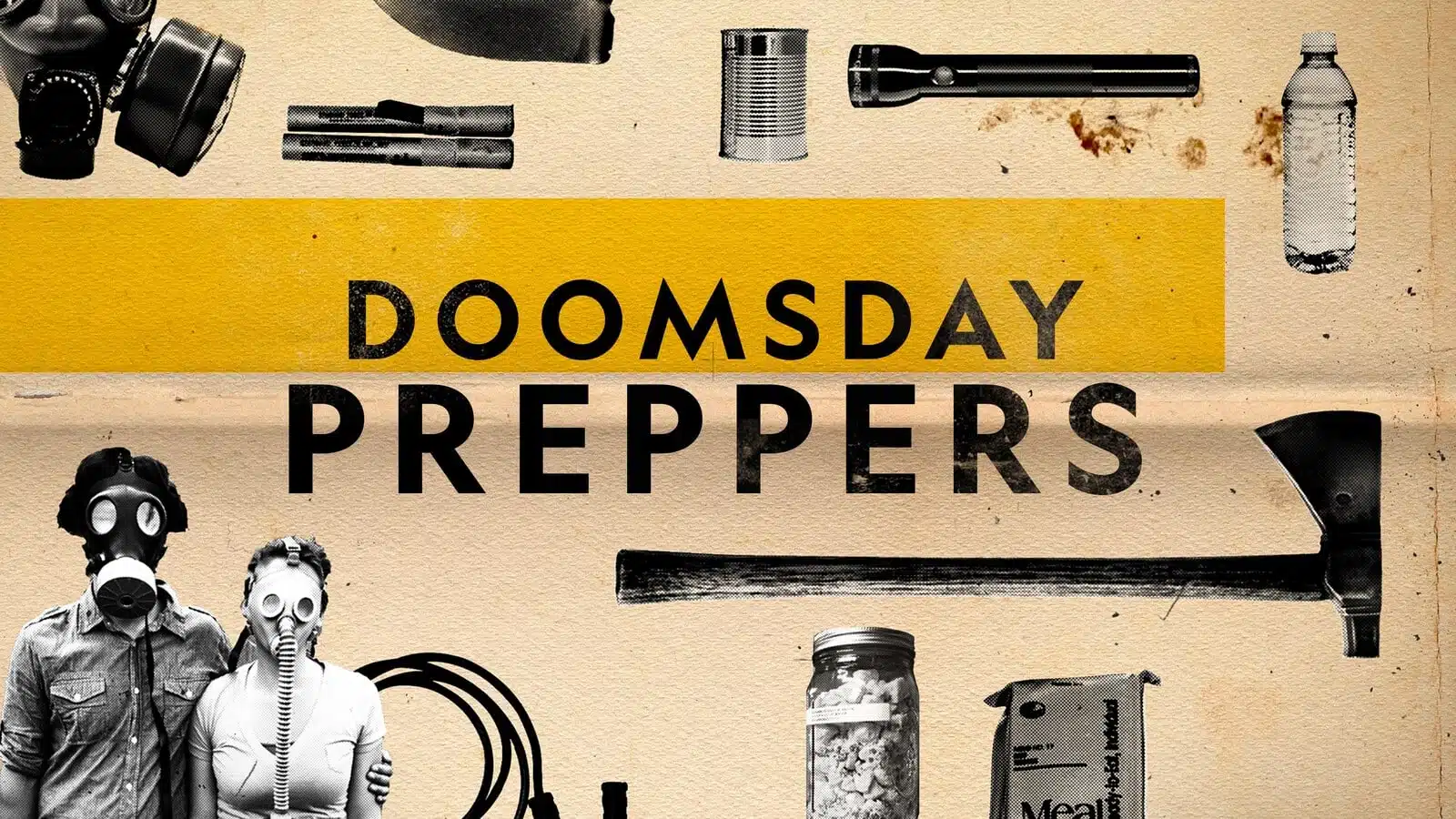
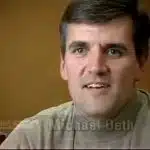

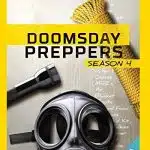
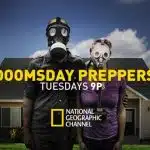
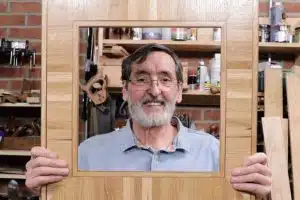
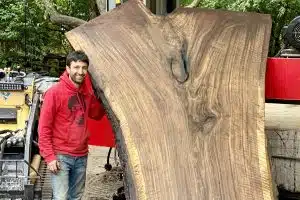
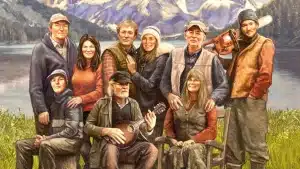
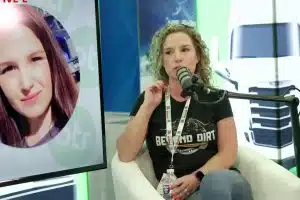

Leave a Comment